SUMMARY
This is AI generated summarization, which may have errors. For context, always refer to the full article.
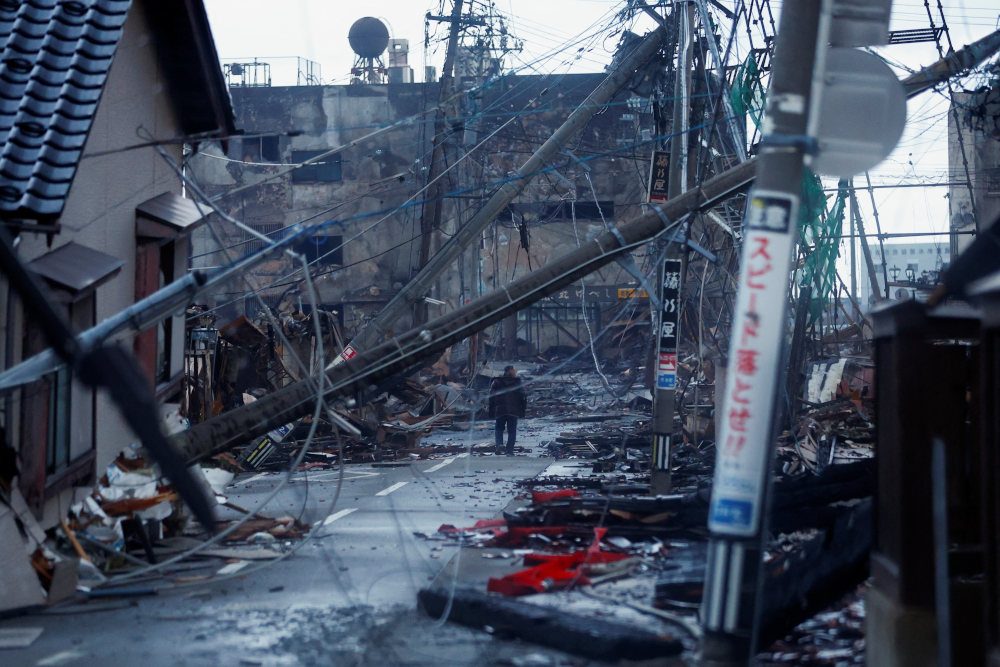
WAJIMA, Japan – Thousands of rescuers pressed on in their search for survivors of a New Year’s Day quake that killed at least 78 people in Japan, hoping to save as many as possible within a three-day survival window that ends on Thursday afternoon, January 4.
“There are many people left behind in the collapsed buildings and waiting to be rescued,” Japanese Prime Minister Fumio Kishida said at a press conference.
“We will use all of our efforts to rescue as many people as possible by this evening, when 72 hours will pass since the disaster,” he said.
Survival rates drop off 72 hours after the earthquake, according to emergency responders.
Severed roads and the remote location of the worst-hit areas have complicated rescue efforts. Nearly 600 tremors have hit the Noto peninsula since the main quake, raising fears of further damage to infrastructure.
Three days since the disaster struck, material aid has trickled in but evacuees remain largely cut off from food, water, warmth, and communications amid freezing temperatures and bad weather, local authorities have said.
The 3,000 meals and 5,000 bottles of water that have been delivered so far is not nearly enough for the 11,000 evacuees currently seeking aid in Wajima city, its mayor, Shigeru Sakaguchi, said at a regional disaster response meeting.
“First and foremost, it’s the road – severed roads are hampering not just aid supplies, but also the recovery of electricity, water, mobile signals and other lifeline infrastructures,” he said.
Local mayors have acknowledged some supplies are beginning to arrive but said it is not nearly enough, and said basics such as internet access, medical supplies, and clean toilets are also lacking.
“Compared to other disasters the road situation into Wajima is very bad. I feel it’s taking longer than usual for assistance to arrive,” Shunsaku Kohriki, a medical worker, told Reuters in Wajima city.
“I think realistically speaking the evacuees will have to live in really tough conditions for a while yet,” he said.
No running water
Kyoko Kinoshita, 62, worried about the possible spread of the flu and COVID-19 as she queued in line with a couple of hundred other survivors for food in Wajima.
“We have no running water. We cannot wash our hands after going to the bathroom,” she said.
“One of the babies at the evacuation center is 3 weeks old and it looks like there is not enough water or milk for the baby either,” she added.
The government has pledged it will proactively provide supplies instead of waiting for official requests from local authorities, and has quintupled the number of Self-Defense Force members tasked with rescue operations since Monday.
Some aid has been delivered via sea instead of land, with some coast guard boats reaching ports in Wajima and Iida on Wednesday.
However, larger ships have been unable to dock in the bays of Suzu city because the seabed had buckled from the earthquake, said Masuhiro Izumiya, mayor of Suzu city where some 90% of houses appear to have collapsed.
The water in its ports is now not deep enough for docking big ships, Izumiya said on Wednesday. – Rappler.com
Add a comment
How does this make you feel?

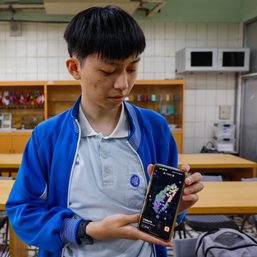
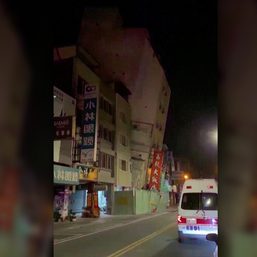
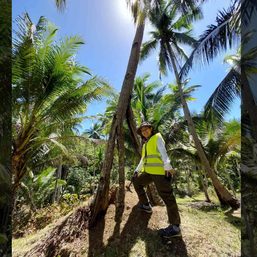
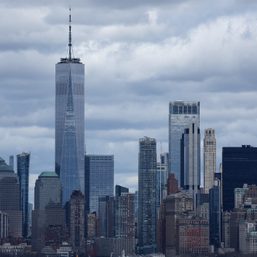
There are no comments yet. Add your comment to start the conversation.